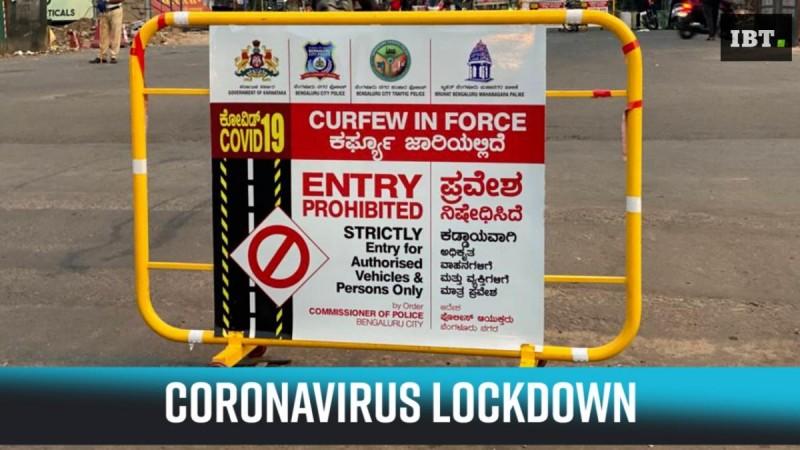The Ministry of Home Affairs of India (MHA) on Friday, May 1, announced the further extension of the nationwide lockdown to curb the spread of the novel coronavirus or SARS-CoV-2. With this, India will now remain in lockdown beyond May 4 for two weeks till May 17.
To facilitate Lockdown 3.0, the Centre has split 733 districts of the country into red, orange and green zones, based upon the level of spread of the fatal disease in each region. Besides, the MHA has also issued a fresh set of guidelines that need to be followed post-May 3.

Key takeaways from MHA guidelines:
- Travel by air, rail, metro and inter-state movement by road remains prohibited. Movement of persons by air, rail and road is allowed for select purposes, as permitted by the MHA.
- Schools, colleges, and other educational and training institutions will continue to remain shut.
- Hospitality services, including hotels and restaurants, other than those used for housing health/police/government officials and stranded persons will remain close.
- Places of large public gatherings such as cinema halls, malls, gymnasiums, sports complexes, swimming pools, entertainment parks, theatres, bars and auditoriums will also not function.
- All religious places/places of worship will remain closed for the public. Religious congregation is strictly prohibited.
- All social/political/sports/entertainment/academic gatherings are also not allowed.

Zone-wise list of what's open, closed?
Red zone:
- In addition to the activities restricted as per MHA guidelines, plying of cycle rickshaws and auto-rickshaws, running of taxis and cab aggregators and inter-district plying of buses are also prohibited. Barber shops, spas and salons will remain shut too.
- Movement of individuals and vehicles is allowed only for permitted activities, with a maximum of 2 persons (besides the driver) in four-wheeler vehicles and with no pillion rider in case of two-wheelers.
- Manufacturing units of essential items such as drugs, pharmaceuticals, medical devices, their raw materials and intermediates will be allowed to function. Manufacturing of IT hardware and manufacturing units of packaging material will also be allowed.
- All standalone shops, neighborhood shops and shops in residential complexes, except for those in malls and markets are permitted to remain open in urban areas, without any distinction of essential and non-essential. However, essential items shops in markets are also allowed to run. In rural areas, all shops are allowed to function.
- Private offices can operate with up to 33% strength whereas government offices are allowed to function with officers of the level of Deputy Secretary and above to the extent of 100% strength.
Orange zone:
- In addition to the activities permitted in the red zone, taxis and cab aggregators will be permitted with 1 driver and 2 passengers only.
- Inter-district movement of individuals and vehicles will be allowed for permitted activities only. Four-wheelers will be allowed with a maximum of two passengers besides the driver and pillion riding will be allowed on two-wheelers.
Green zone:
- All activities are permitted except those prohibited throughout the country (as mentioned in MHA guidelines above), irrespective of the zone.
- Buses and bus depots are allowed to operate with 50% seating capacity.
Liquor, tobacco shops to remain open in green, orange zones
Even though the order by the Home Ministry does not categorically bar the sale of alcohol in hotspot areas, it specifies that standalone liquor and paan shops can remain open in green zones and certain areas of orange zones.
"Liquor stores and pan shops will be allowed to function while ensuring a minimum distance of six feet between customers. Also, no more than five persons should be present at one time at a shop," the MHA said in its guidelines.














